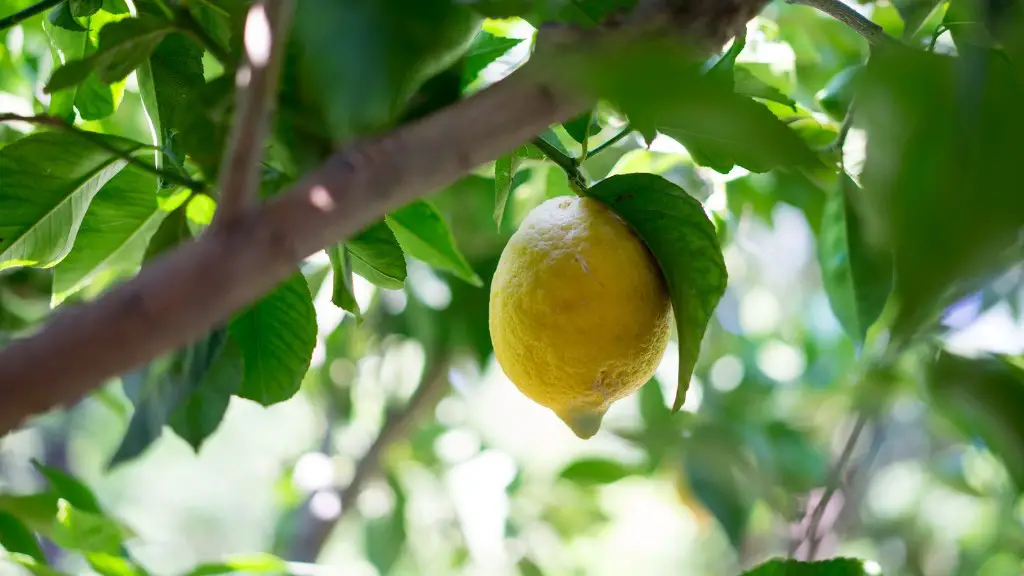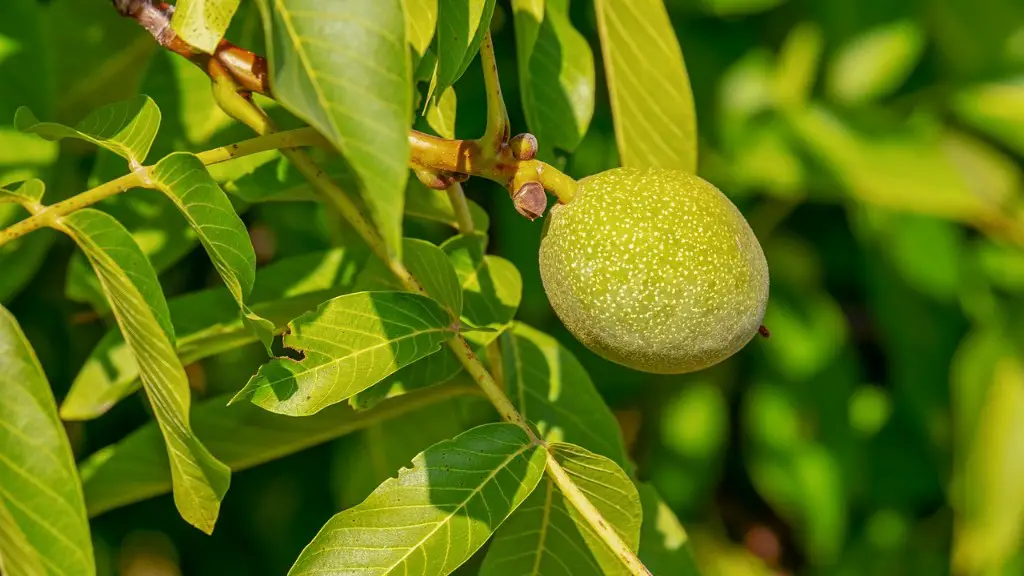Palm trees are surprisingly hearty and hardy plants that require very little maintenance. They are able to survive in a variety of climates and environments and can thrive for decades.
But, like all plants, they need certain environmental conditions in order to survive. The most important factors for palm tree survival are sunlight, soil moisture, and air circulation.
Sunlight
Palm trees crave sunlight and need full sun for at least 8 hours each day. The more sunlight, the better. In areas with less than 8 hours of daily sun, palm trees need to be planted in direct sunlight. Additionally, some palm trees require more sun due to their slower growth rate.
When planting a palm tree in partial shade, it’s important to take note of which species are best suited for this type of environment. Palms that prefer partial to full shade include many of the Areca Palms, Sago Palms, Parlor Palms, and Christmas Palms.
Soil Moisture
Unlike some other plants, palm trees are not water hogs. They actually do best in soils with good drainage, as they can suffer from overly moist conditions.
The soil should be kept evenly moist at all times, but not too wet. It should feel damp, not soggy. If the soil is too wet, the roots may rot, making it difficult for the palm tree to absorb the necessary nutrients it needs to survive.
Air Circulation
Palms love a breeze! Good air circulation encourages healthy growth and helps to disperse pests. It’s important to remember that palms prefer a constant flow of air, as opposed to gusts of wind.
If you’re in a windy area, be sure to choose a species that can handle it. Palms like the Majesty Palm, Chinese Fan Palm, and Windmill Palm are all great choices for a breezy environment.
Fertilizer
Palm trees need a balanced fertilizer that is high in nitrogen, phosphorus, and potassium. This type of fertilizer should be applied once every two months during the active growing season.
It’s important to check the label and determine whether the fertilizer is specifically designed for palms. Fertilizers with a high nitrogen content should be avoided, as too much nitrogen can cause leaf burn and may even slow down growth.
Pruning
Regular pruning helps to promote healthy growth and shape a palm tree’s canopy. It’s best to prune the tree in the late winter, after the growing season is over. This is the ideal time to remove any dead or diseased branches.
It’s also important to note that some species of palms, such as the Sago Palm and Foxtail Palm, should never be pruned. These palms are monocots and don’t respond to pruning the way other plants do.
Temperature
Palm trees are very adaptable and can survive in a wide range of temperatures. In general, they prefer temperatures between 65-85°F and should not be exposed to temperatures below 20°F.
When temperatures dip too low, the palm tree can suffer from shock, which can damage the roots and lead to death. If you live in an area with cold winters, make sure to choose a species that can tolerate it, such as the ‘Pindo’ Palm or the Mazari Palm.
Watering
Palm trees need to be watered regularly. This is especially true during the summer months, when the tree is in its active growing season. Watering should be done deeply and infrequently; once or twice a week is usually enough.
When watering, make sure to soak the roots and saturate the soil. This helps to encourage deep root growth and prevents diseases like root rot. Avoid watering too often, as this can lead to overwatering and root rot.
Pest Control
Palms are susceptible to a variety of pests, including caterpillars, aphids, spider mites, and scale insects. Regular monitoring and prevention methods are key to keeping them away.
If pests are identified, quick action is needed. There are a number of products available for treating these pests, including both chemical and natural pesticides. If treated promptly, the palm tree can recover from the infestation.
Soil Type
Palm trees prefer slightly acidic soil that is loose and well-drained. If your soil is heavy and claylike, it’s best to amend it with sand and compost to prevent waterlogging.
It’s also important to note that some palm trees do not tolerate salt spray. If you live in a coastal area, make sure to choose a species that is tolerant of salty conditions, such as the Coconut Palm or Queen Palm.
Nutrients
Palm trees need certain minerals and micronutrients to thrive. To ensure they are getting all the nutrients they need, a soil test should be done every few years.
Tests will reveal the pH level and nutrient deficiencies, if any. If deficiencies are identified, it’s best to use a balanced fertilizer to replenish the soil. This will help to keep the tree healthy and strong.
Protect From Harsh Weather
Despite its hardiness, a palm tree is still susceptible to damage from extreme weather conditions, such as high winds and heavy rains. If you live in an area with harsh weather, it’s best to plant your palm tree in a protected area, such as underneath awnings and other shady spots.
Additionally, it’s important to cover the palm tree during extreme weather events. A warm blanket or burlap sack can help to protect the trunk and roots from the elements.





